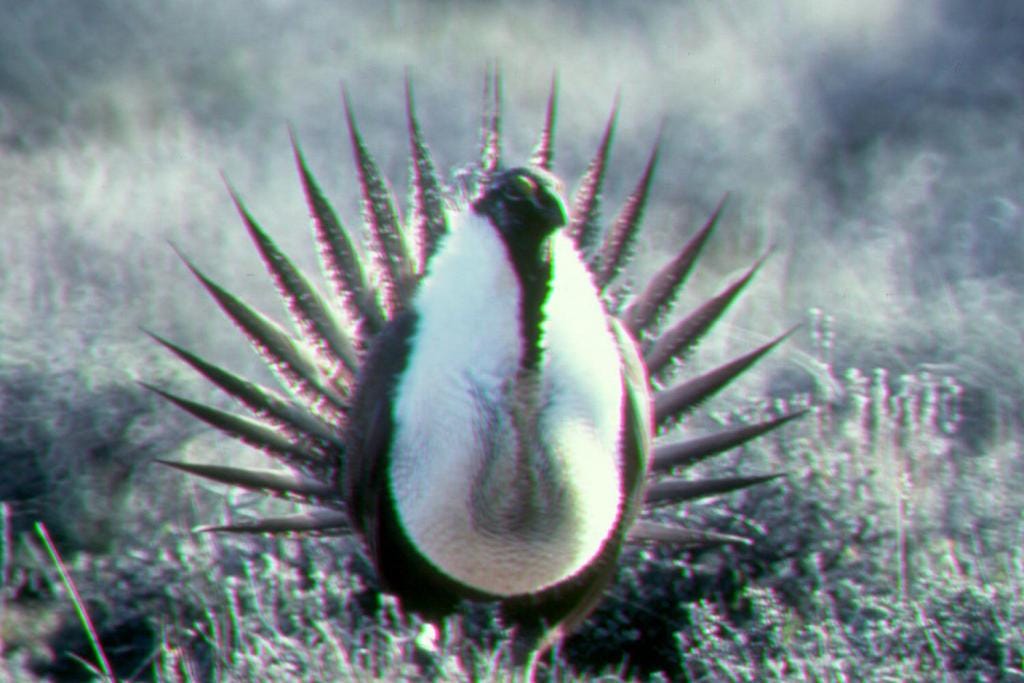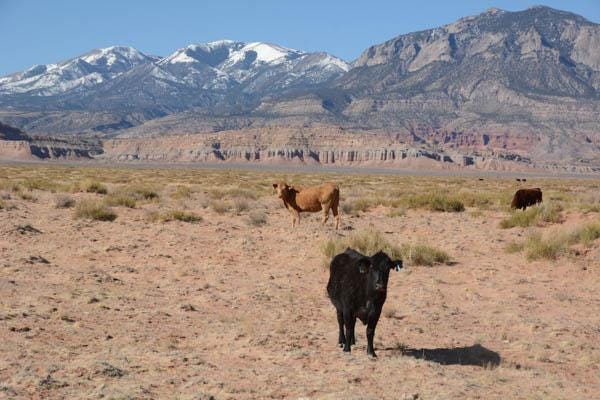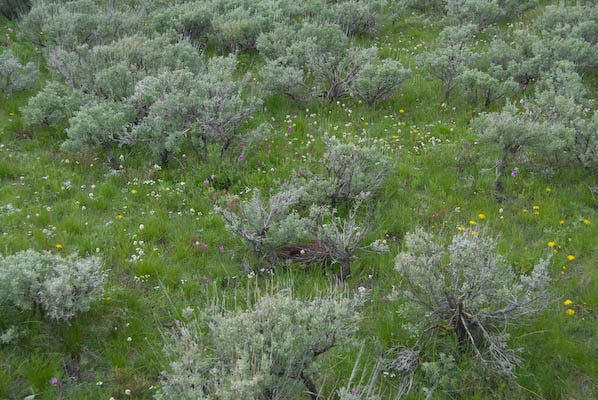Flawed Sage Grouse Study Misleads Public
Livestock grazing is the biggest factor in the decline of sage grouse across the West.
Numerous headlines on Ag network media are championing a new University of Idaho study that alleges that livestock grazing does not harm sage grouse, a proposed endangered species.
Across the range of sage grouse, livestock grazing is the primary land use, so it’s not surprising that grazing might be a factor in sage grouse decline.
For instance, the Western Livestock Journal headline declared, “ Study Confirms Cattle Grazing Does Not Harm Sage Grouse.” The National Cattlemen’s Beef Association “Ten Year Study Of Sage Grouse Confirms Benefits of Grazing”
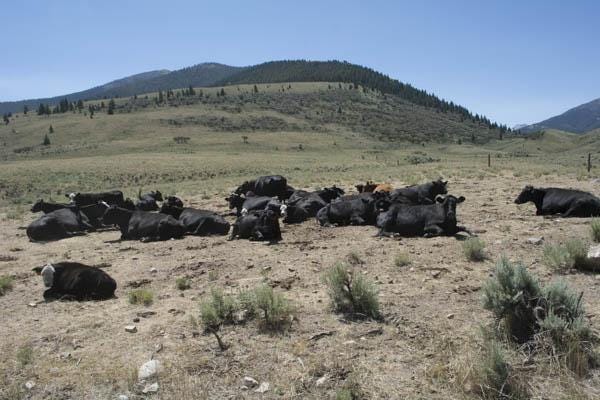
There are numerous other examples I could cite. Given that many other studies suggest that livestock grazing has multiple impacts on sage grouse, one has a reason to be skeptical of these claims.
One of the first things I do when I read a study is to see what did the researcher and who funded it This study was funded and supported by Public Lands Council, Idaho Cattle Association, Idaho Governor’s Office of Species Conservation, Western Association of Fish & Wildlife Agencies, U.S. Fish and Wildlife Service, USFS, and numerous grazing associations and ranchers in Idaho. Obviously, most of these participants are either advocates of public lands grazing or at least facilitate it.
My experience with scientists in general is that they do not necessarily lie or distort their findings, but what you consider essential factors for focus in your study and what is ignored can still yield misleading results.
For instance, years ago, I attended a hearing to consider the designation of critical habitat for grizzly bears. The timber industry and Forest Service cited a study that found logging tended to increase production of huckleberries, a grizzly bear food, and therefore, more logging would “benefit” the bears. While huckleberries are a major bear food, habitat security was the critical factor in bear survival. More logging meant more roads and higher bear mortality—a convenient fact ignored by the advocates of more timber harvest.
The basic conclusion of this study is that “well-managed” livestock grazing had no greater impacts on sage grouse nest success than no grazing. Hence, the conclusion that grazing “does not harm” sage grouse.
However, a closer reading of the study demonstrates numerous problems with such a conclusion.
First, the study hasn’t been peer-reviewed. Why the U of Idaho would promote a survey that has not yet gone through the peer review process is baffling. Its conclusions cannot yet be said to meet scientific standards.

Second, the study looked at vegetation utilization, insect production, and how these factors may have influenced grouse nesting success. However, these factors, although important for sage grouse, are not the only variables critical to the bird’s survival that livestock production impacts. More on that in a bit.
Third, the study implemented a variety of grazing intensities and seasons of use. There was also a no-grazing option. Not surprisingly, the non-grazed sites had the most vegetation. Loss of vegetation cover is one of the factors known to reduce sage grouse hiding cover. Since the study only looked at nest success or losses, it ignored how important the recruitment of adults into the grouse population. Less vegetation cover can lead to more predation by avian predators or even mammals like coyotes.
But perhaps the biggest flaw in the study is that the researchers claim that the grazed sites experienced moderate grazing.
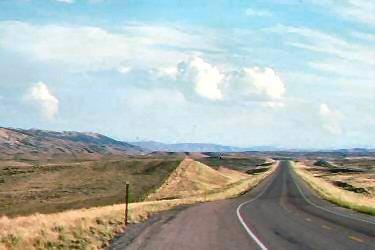
The Average utilization was only approximately 20% (page 15, Table 3. Average utilization was 22.05 % SD 2.7)
This is unheard of on typical BLM lands; the agency targets a 50% vegetation removal, and actual utilization is often 60-75% almost 4x the utilization of this study.
So, suggesting that light grazing, as in this study, represents the actual grazing intensity on public lands is misleading
Furthermore, the presence of field technicians monitoring nest sites in ungrazed areas may have contributed to the low nesting success. The ravens, observing the technicians, locate the sage grouse nests to prey on them.
A further problematic aspect of the study was its use of pits to gather insects for identification and numbers. Insects are essential food for sage grouse chicks. However, the specific insects that are vulnerable to pit traps are not the ones that sage grouse tend to eat.
Beyond these problematic aspects of the study, the researchers ignored the multiple other ways that just having livestock on public lands harms sage grouse.
For instance, avian predators like ravens, golden eagles, and other birds of prey often use fence posts as observation sites. Across much of the sage grouse habitat, the only high point for birds is fence posts.
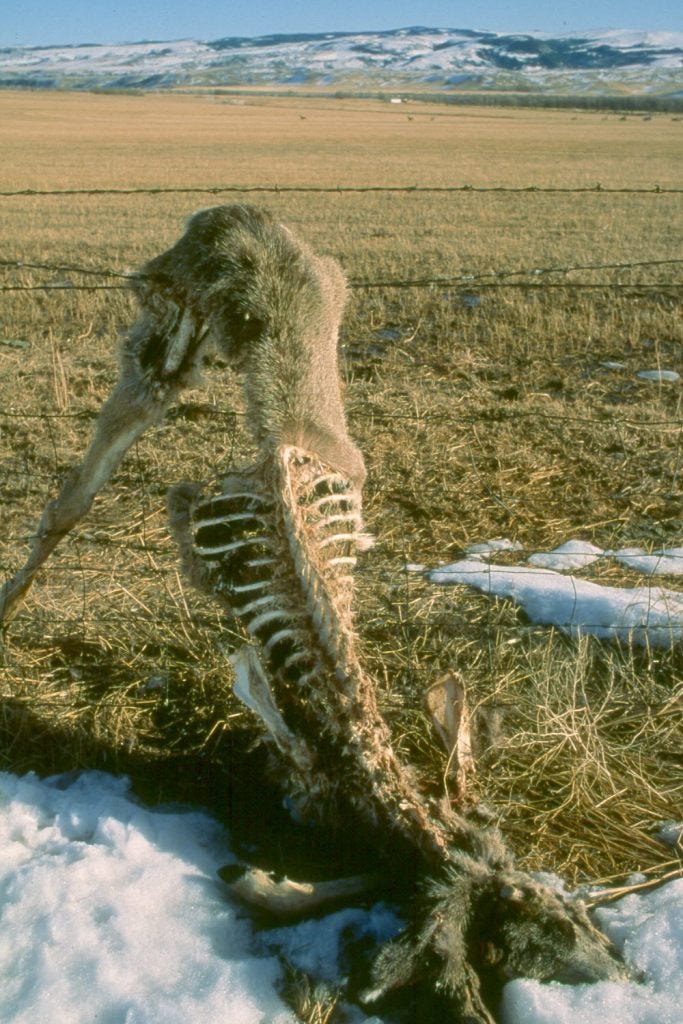
Fences pose an additional problem, as sage grouse are poor fliers. Fence collisions can account for up to 30% of their mortality.
And why are there fence posts across tens of thousands of miles of sage grouse habitat, but for livestock management.

Livestock also trample biocrusts. These crusts are critical for holding soil together, and they prevent the spread of cheatgrass. Cheatgrass is an annual plant that is highly flammable. The spread of cheatgrass is one of the significant factors central to the growing loss of sagebrush habitat due to wildfires.
In some places, the aborted fetuses and afterbirths of livestock have been shown to provide an alternative food source for ravens, leading to higher populations. Ravens are one of the major avian predators on sage grouse.
Although adult sage grouse use sagebrush year-round, the chicks utilize wet meadows and riparian areas for up to the first six weeks of life. Throughout the West, the most significant factor in the degradation and loss of riparian habitat is due to livestock grazing and removal of vegetation, plus soil compaction and bank trampling.
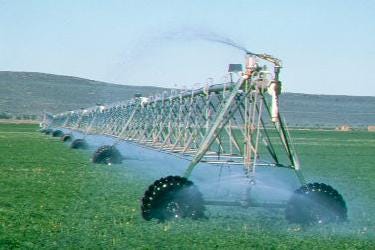
Lastly, vast valley areas of the West, which are the prime habitat of sage grouse, have been converted to hay fields and pastures to grow forage for livestock. These habitats are population sinks for the grouse and are typically avoided.
When all these factors are taken into account, it’s challenging to suggest that livestock does not harm sage grouse or that grazing “benefits” the bird. Like all research coming out of Range Departments at universities in the West, the main goal appears to be the justification of livestock production on public lands.



